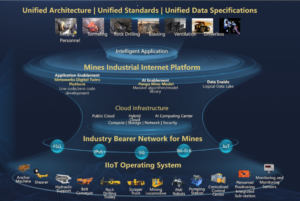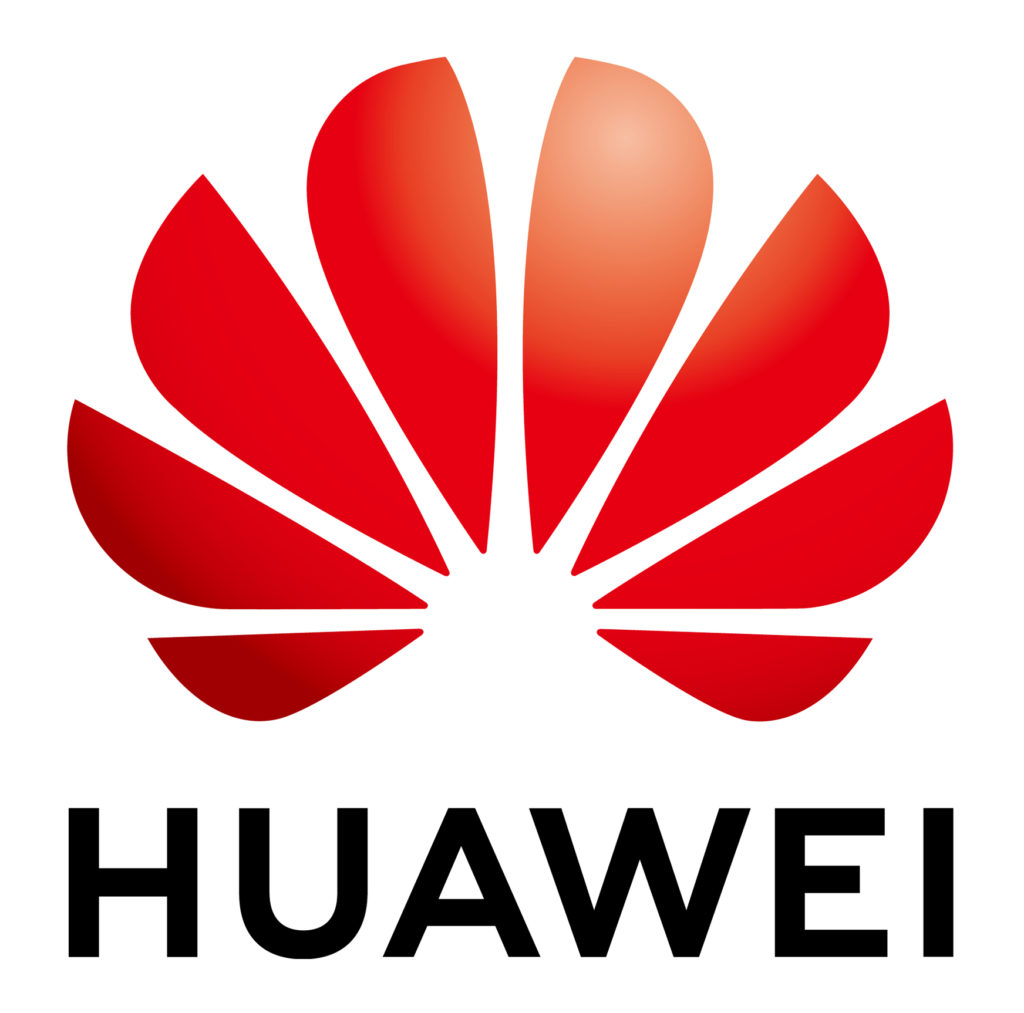Shaanxi Coal Group’s Caojiatan has become one of the most advanced smart mines in China thanks to a 5G-A network solution from Huawei, offering the potential for AI and making the Internet of Things a reality. During the past decade, coal production in China has made substantial leaps in mechanisation making it safer and reducing its environmental footprint. With coal as the main energy source, and with over 85% of it extracted via underground mining, identifying ways of making production more efficient is essential. The key way of doing this is to transition from mechanised to automated and smart mining. While 5G technologies have already been applied to many mines in China, the objective is to enable upgrades in efficiency and reduce the number of people inside the mine. With the goal of eventually removing all people from daily underground work, the next stage is to make mining truly intelligent and ‘smart.’ To achieve smart mining, Huawei has created a process of building unified standards and architecture that brings together cloud computing and big data to 5G, AI and the industrial internet of things (IIoT).
Creating a smart large mine with 5G-A (5.5G)
Shaanxi Coal Group’s Caojiatan coal mine is one of the largest mines in China, with an approved capacity of 25 Mt/y and recently upgraded to become the world’s first 5G-A (5.5G) smart coal mine. With faster download speeds and low latency, 5G-A offers the potential for AI and making the Internet of Things a reality. On November 20, 2023, through a collaboration with Shaanxi Coal Group, China Telecom, Huawei, and TD Tech, Caojiatan Smart Mine was announced at the 2023 China 5G+ Industrial Internet Conference. The project introduces key 5G-A technologies including low-frequency uplinks and REDCAP for the first time. On the production side, Caojiatan has built six smart coal mining working faces, two of which have reduced the number of personnel from 17 to 7, significantly improving coal production efficiency. On the transportation side, a smart transportation and sales system has been built, with unmanned command and loading of vehicles entering the station, and real-time display of sales data. Transportation, marketing and loading station staff can use real-time monitoring and remote management of the vehicles from a mobile phone, ensuring the efficient, safe operation of the mine railway.

Challenges faced with digital transition
In the process of digitalising the mine, Caojiatan faced challenges such as conflicting standard protocols and the isolation of a large number of underground devices, plus an inability to interconnect in real time. Therefore, it needed a powerful 5G network to help its massive underground terminals quickly access data. However, two challenges had to be overcome to install 5G. The first challenge was to ensure coverage. The underground environment is narrow and long, which is not conducive to good signal coverage. In addition, since the coal mining face frequently moves, it is difficult to add base stations. The challenge is compounded by requirements of explosion-proof operations. For example, base station power cannot exceed 6W, which is much lower than the usual requirements and the coverage capability is also limited. The second challenge was how much data could be transmitted over the network. Enhanced technology and cheaper devices enable better coverage. Specially-designed explosion and waterproof 5G-A devices are more energy efficient and therefore require less power to operate. Low-frequency signals are used to cope with signal noise. Two base stations can cover a 300 m long mechanised mining face with one key base station supported by an auxiliary. In order to meet the challenge of transmitting large amounts of data, the two base stations had a low-frequency large-uplink Supplementary Uplink (SUL) using one frequency for uplink and another for downlink. Huawei also introduced REDCAP technology in 5G–A for the first time in mines to ensure equipment receives the signal and ensures that the performance and coverage capabilities meet underground requirements whilst reducing power consumption.

Integrating Technologies with 5G-A
The Caojiatan smart mining project streamlines 116 subsystems through one 5G-A network, one cloud platform, and one comprehensive management and control platform. Supported by 5G-A, the main coal flow system integrates technologies such as measuring the flow of coal using AI monitoring and alarms plus and robot patrols. It realizes one-touch start-up for coal flowing from the coalface to the upper warehouse with smart speed regulation, multi-machine coordination and remote centralised control. This has reduced the start-up time for the coal flow system from more than 30 minutes to less than 10 minutes. 5G-A offers large bandwidth and low latency for remote control of operations and equipment such as shearers, excavation and anchoring machines. Smart functions include AI-enhanced video stitching and monitoring of operations where visibility is poor and other mining operations. Unmanned vehicles are used for continuous transportation to realise smart closed-loop management of material distribution and recovery. Huawei has helped develop software to build a smart logistics system both in and above the mine. With fast excavating equipment, more precise positioning, independent correction, automatic docking is possible. The smart power supply enables real-time monitoring of power supply networks and devices, intelligent diagnosis and analysis, unmanned robots, smart pumps and drainage, and water levels.
The future
Caojiatan has created a blueprint for 5G-A smart mining. With over 100,000 mines around the world, modernisation is essential to improve safety, efficiency and help mining become sustainable. Already valued at over 300 billion yuan in 2023, China’s smart mine service market is expected to grow and many more people will be able to work in safer conditions above ground.












